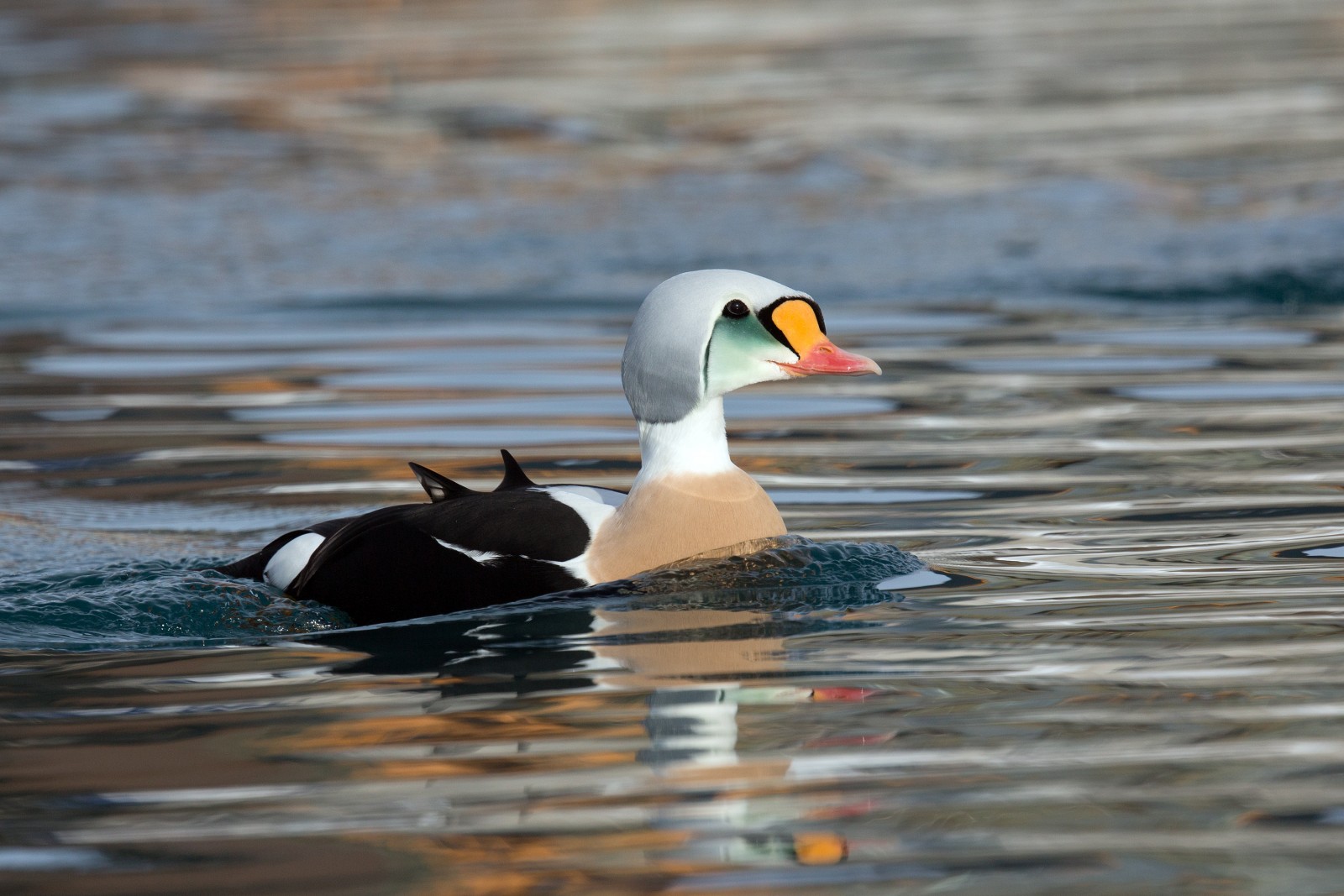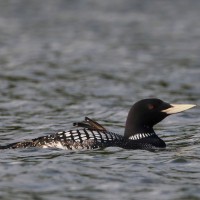Beschreibung
Slettnes is situated at the tip of a peninsula that shoots out into the Barents Sea. The Slettnes lighthouse is the northernmost mainland lighthouse in the world. It is considered to be one of the best sites in Europe for migrating arctic ducks, divers, skuas, gulls and terns in spring and autumn. On the best days, notable species such as Gelbschnabeltaucher, Prachteiderente, Eismöwe and Falkenraubmöwe pass in the hundreds and Spatelraubmöwe in the thousands.
Details
Zugang
Slettnes is a lighthouse on the north-eastern tip of the Nordkinn peninsula, between the North Cape of Norway to the west and the better known (from a birding perspective) Varanger peninsula to the south-east. The Slettnes Lighthouse is a prominent landmark in the windswept landscape and provides an excellent view of the Barents Sea and the Slettnes plains. Click on the P in the map to get directions to the lighthouse.
Terrain und Habitat
MeerBedingungen
Offene LandschaftRundweg
NeinIst ein Spektiv nützlich?
JaGute Beobachtungszeit
Frühjahr , Herbst , SommerBeste Beobachtungszeit
Herbstzug , FrühjahrszugRoute
asphaltierte Straße , Normaler WegSchwierigkeitsgrad der Tour
EinfachErreichbarkeit
zu Fuß , AutoBeobachtungshütten oder -türme
NeinZusätzliche Informationen
Slettnes is more than just a great seawatching spot. It is also a nature reserve and every summer researchers from Europe visit the area doing studies on waders, ducks, terns and skuas. This relative small area holds a large breeding population of Schmarotzerraubmöwe (c.200 pairs) and Küstenseeschwalbe (1200 pairs).





